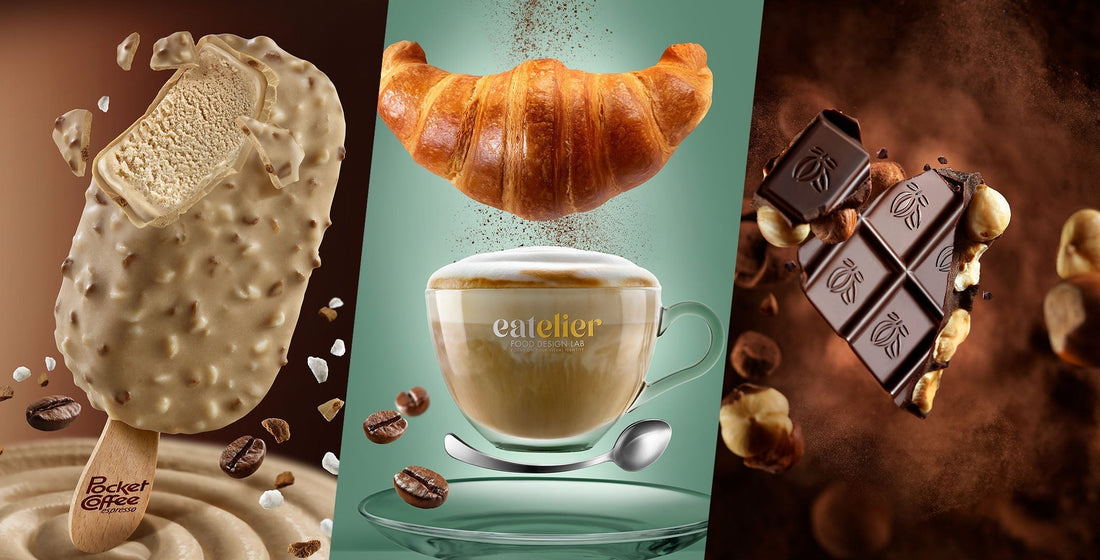
Masters of Light: Roberto Sammartini

Where? Varese
When? Since 1999
What? Food photography
Favourite equipment? Maxima Furiosa – Phase One XF IQ4 150MP
Roberto Sammartini is a renowned food and still life photographer based in Varese, Italy. With a unique mix of culinary expertise and photographic precision, his studio is part kitchen, part creative lab—designed to craft the kind of iconic images that define major packaging campaigns. Known for his obsessive attention to detail and ability to turn everyday ingredients into striking visual statements, Roberto is a master of shaping light to build emotion, composition, and narrative around food.
What is your main field in photography?
My work revolves around food and still life photography, especially for packaging and advertising. In this field, the image isn’t just an illustration—it becomes an icon. Whether it’s a fruit on a yogurt label or a dish in a cookbook, that image must carry emotion, precision, and crave-appeal. It’s not about showing food, it’s about elevating it to something symbolic.
What equipment do you use?
Over the years, I’ve developed a highly customized studio. It’s equipped not only with cameras and modifiers, but also with a fully functional kitchen and tools to interact with food directly. I started with flash lighting, but now I blend flash and continuous light—using whichever best serves the creative and compositional goal. That mix has been a breakthrough in my process.
Which Maxima products have you used?
The Maxima Furiosa quickly became my go-to light. It offers everything I need: power, control, and most importantly, a quality of light that feels made for professionals like me. It’s not just a fixture—it’s a tool designed by people who understand the real needs of image-makers.
Can you tell us a little more about your preferred lighting strategy?
Lighting in food photography is decisive. It determines whether an ingredient looks fresh or flat, desirable or dull. With Maxima, I can sculpt light precisely. One key technique used in food photography is back-lighting/rim-lighting, to separate subject from background: light from the back can then be bounced off to illuminate the front of the subject without making it flat. Side lighting might then be added to create a grazing-light effect that enhances textures… and really invite you to eat the photograph! But food photography is also caring about the setup and ingredients: when I worked on the Müller campaign, for example, I had an entire kitchen full of strawberries—but only one was good enough to be “that” strawberry. “That” strawberry is more than an ingredient, it becomes an icon and as such should be treated!
What are the characteristics of Maxima that you enjoyed most?
The Furiosa impressed me from the start. The build quality, the power, the lens—everything feels like it was designed with serious photographers in mind. You can tell there’s a user-centric philosophy behind Maxima. It’s reliable, intuitive, and elevates the quality of my work. When I’m in the middle of a high-pressure set, I need a light that doesn’t just perform—it empowers me to do my best work, fast.











